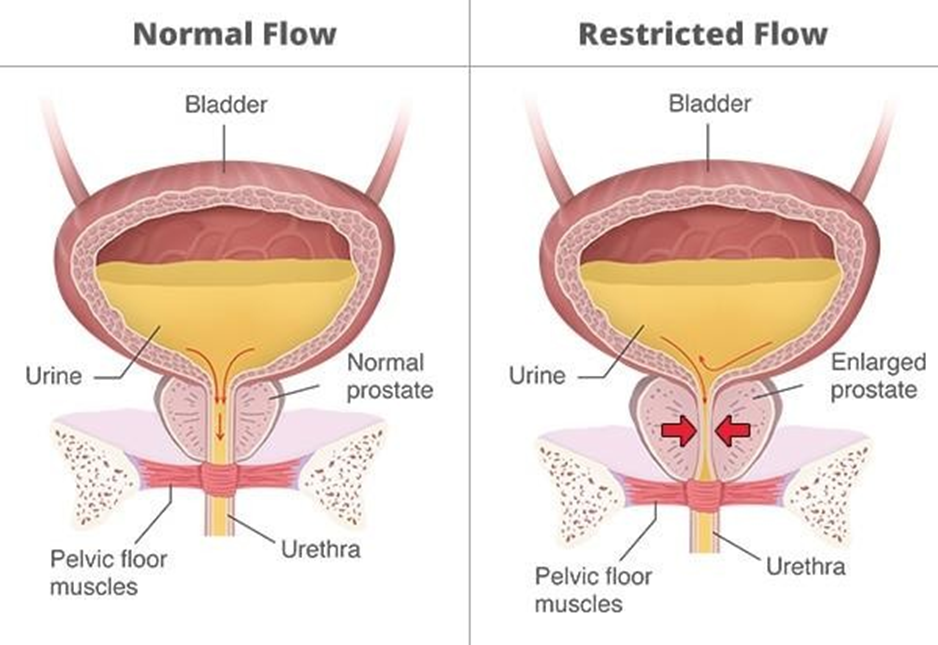A nurse manager is receiving report and is faced with the following situations that require intervention. Which of the following should the nurse manager address first?
Two nurses had a heated disagreement about a scheduling issue.
A client is refusing care from an assistive personnel of the opposite gender.
Three staff members have called to say they will be absent.
No transport assistance is available to take a client to physical therapy.
The Correct Answer is C
- A: While resolving conflicts is important to maintain a healthy work environment, it may not immediately affect patient care and safety.
- B: Client preferences should be respected, but this situation can usually be resolved by reassigning staff without immediate risk to patient safety.
- C: Staff absences can critically impact patient care due to inadequate staffing, which can lead to increased workload for present staff and compromise patient care.
- D: Transport issues, although they need to be addressed, do not usually pose an immediate threat to patient safety compared to inadequate staffing. Physical therapy can often be rescheduled without significant harm to the patient.
Nursing Test Bank
Naxlex Comprehensive Predictor Exams
Related Questions
Correct Answer is A
Explanation
A. Cutaneous anthrax is typically treated with antibiotics such as ciprofloxacin, doxycycline, or penicillin, making preparation to administer antibiotics the appropriate action.
B. While respiratory precautions might be necessary in cases of inhalational anthrax, cutaneous anthrax does not typically require the use of an N95 respirator mask.
C. Antiviral medications are not the standard treatment for cutaneous anthrax; antibiotics are the primary treatment.
D. Placing a surgical mask on the client during transfer might not be necessary for cutaneous anthrax exposure, as the mode of transmission is not through respiratory droplets.
Correct Answer is B
Explanation
A. A client who has peripheral vascular disease and has an absent pedal pulse in the right foot is not the highest priority because this is a chronic condition that does not pose an
immediate threat to the client's health. The nurse should monitor the client's circulation, provide education on foot care, and encourage smoking cessation if applicable.
B. This client is at risk for urinary retention, which can lead to bladder distension,
infection, and renal damage. The nurse should assess the client's bladder, perform a
bladder scan, and notify the provider if indicated. This is the most urgent situation that requires immediate intervention.
C. A client who is newly diagnosed with pancreatic cancer and is scheduled to begin IV chemotherapy is not the highest priority because this is a planned procedure that does not require immediate action. The nurse should prepare the client for chemotherapy, provide emotional support, and teach the client about potential side effects and complications.
D. A client who has methicillin-resistant Staphylococcus aureus (MRSA) and has an
axillary temperature of 38° C (101° F) is not the highest priority because this is a sign of infection that can be managed with antibiotics and infection control measures. The nurse should administer the prescribed antibiotics, monitor the client's vital signs, and
implement contact precautions.

Whether you are a student looking to ace your exams or a practicing nurse seeking to enhance your expertise , our nursing education contents will empower you with the confidence and competence to make a difference in the lives of patients and become a respected leader in the healthcare field.
Visit Naxlex, invest in your future and unlock endless possibilities with our unparalleled nursing education contents today
Report Wrong Answer on the Current Question
Do you disagree with the answer? If yes, what is your expected answer? Explain.
Kindly be descriptive with the issue you are facing.
